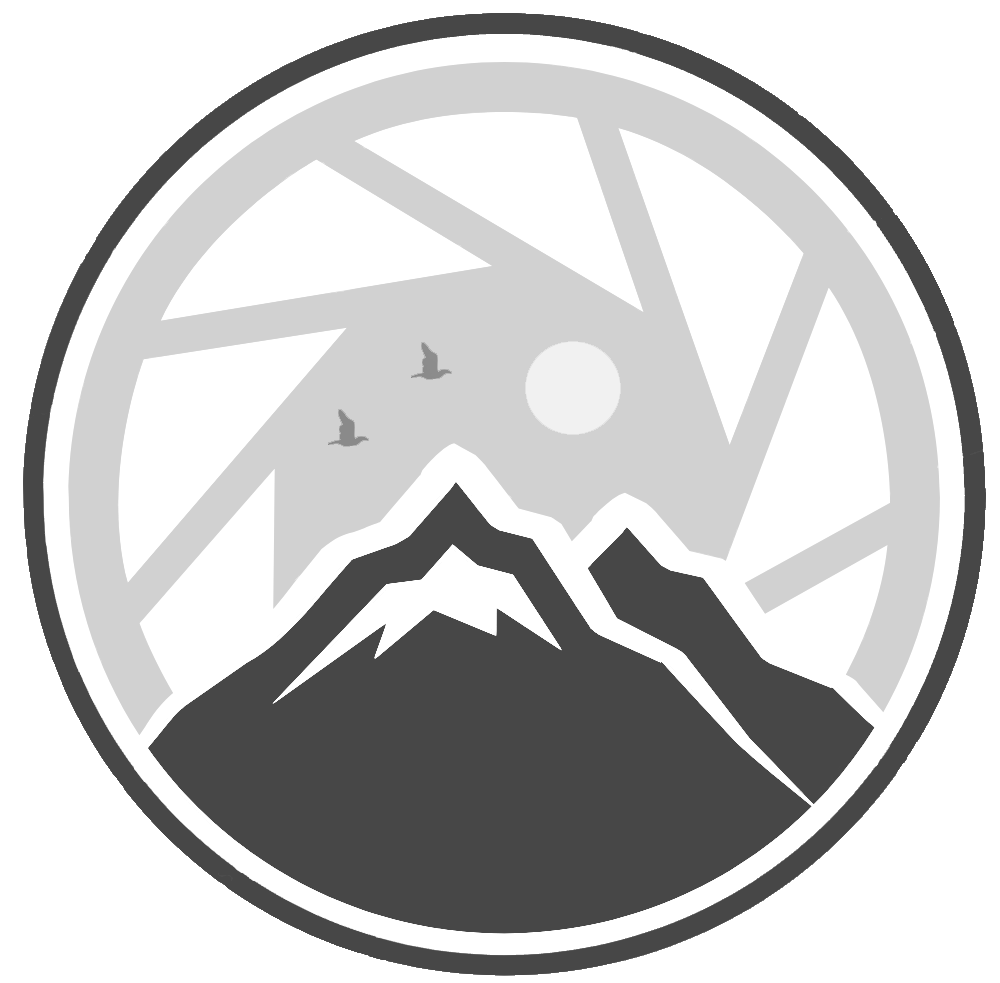
How do other planets in our solar system compare to Earth? they all are unique and fascinating. This is a recap of the main characteristics of each planet.
Around 4.6 billion years ago, there was a big cloud of dust and gas known as the solar nebula. As it began to collapse under its own gravity, the center of the nebula became hot enough to form into the protosun. As that was happening, smaller areas of gas and dust started clumping together into bigger objects. When these objects collided and merged, they transformed into the rocky planets that we know today.
Mercury is the smallest planet and the one closest to the sun. One fun fact about Mercury is that days can reach up to temperatures of 800 degrees Fahrenheit; however, nights can drop down to negative 290 degrees Fahrenheit.
The second planet closest to the sun is Venus. Venus is slightly smaller than Earth and is the brightest planet in the night sky. Though it may have some similarities to Earth, it will most likely never be habitable due to its extreme temperatures, atmospheric pressure, and acid rain.
Earth is the third planet from the sun and is the biggest terrestrial planet. It is the only place in the universe known to have life, making it extremely valuable to us. It’s too bad, however, that many people don’t care and keep polluting it. If that keeps happening, Earth won’t be a hospitable place anymore. That is why many astronomers and scientists are looking at Mars.
Mars is the fourth planet from the sun and is red due to iron oxide dust on its surface. With everything going happening on Earth, settling down on Mars isn’t that far-fetched of an idea to consider. Between Mars and the next planet lies a massive asteroid belt. Many of the asteroids here are hurled towards Earth, like the Chicxulub asteroid that killed off the dinosaurs. Some other asteroids would have collided with Earth if it was not for the next planet.
Jupiter is different from the other planets that we’ve talked about. Jupiter is made entirely out of gas. It’s also the biggest planet that can fit 1,300 Earths inside of it. Because of its insane gravitational pull, it has prevented many asteroids from hitting Earth. One other cool thing about Jupiter is its great red spot. The Great Red Spot is a giant storm in Jupiter’s atmosphere. It’s so big that you can fit 3 Earths inside of it!
The next planet is Saturn. The most obvious feature about Saturn is its rings. These rings consist of countless particles of ice, water, and many rocky minerals.
Unlike Jupiter and Saturn, the next two planets are ice giants. The difference between gas giants and ice giants is the elements that make them up. Gas giants are comprised of lighter elements like hydrogen and helium. Ice giants, on the other hand, are mostly comprised of heavier and more exotic elements such as nitrogen and oxygen.
Because Uranus and Neptune are ice giants, they can make you rich. You see, the heavier elements on the ice giants can form a variety of chemical compounds. One of these compounds is methane. Methane is made out of 4 hydrogen atoms and 1 carbon atom. When the methane molecules are compressed together due to the extreme temperatures the carbon atoms fuse together to produce diamond crystals. These diamonds then fall to the center of the planet. I, however, would not recommend trying to get rich from this because Uranus and Neptune are freezing cold, have winds that can reach up to 1,200 mph, and have pressures so strong that they will crush you like a trash compactor.
All of these planets have something that makes them stand out from the rest. Whether it’s Venus’ corrosive clouds or Neptune’s deadly winds, studying them will tell us more about the solar system and how it works. If we get a better understanding of how the solar system works, then we will be one step closer to finding out how we got to where we are today.

